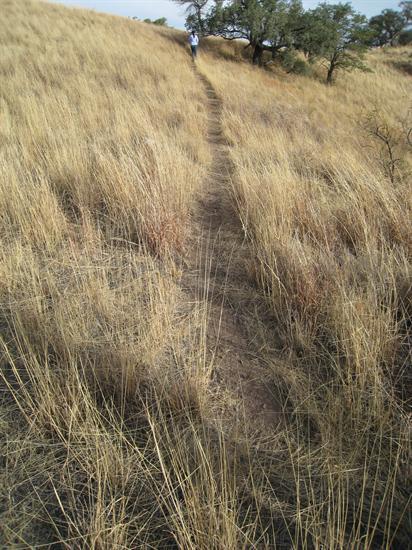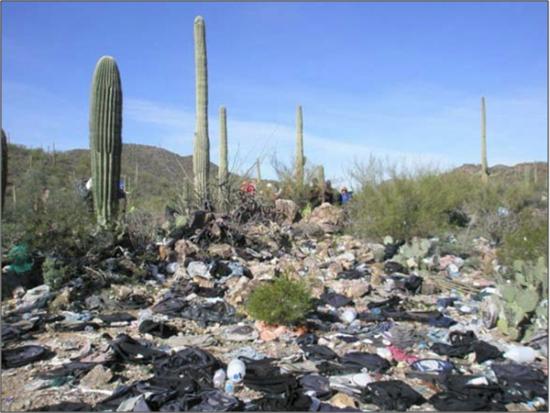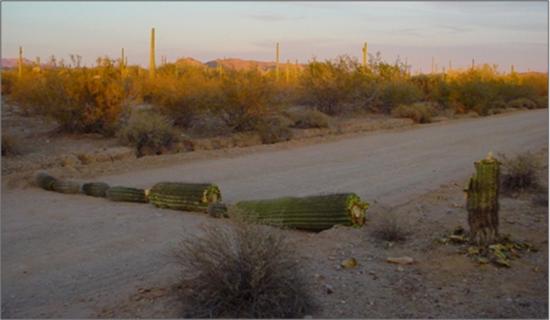Press Release
Interior Dept. Policies Contribute to Environmental Damage on Public Lands Along the Border
WASHINGTON, D.C.,
May 20, 2010
|
Jill Strait or Spencer Pederson
(202-225-2761)
Yesterday, President Obama met with Mexican President Felipe Calderón to discuss a variety of issues including border security and protecting public lands along the U.S.-Mexico border. According to a joint statement:
“The Presidents underscored their commitment to manage the region in a way that enhances security and protects these areas for wildlife preservation, ecosystem restoration, climate change adaptation, wildland fire management, and invasive species control.” Unfortunately, federal land along the border suffers from significant environmental damage due to policies of the U.S. Department of the Interior (DOI) that prevent U.S. Border Patrol from effectively securing the border on federal lands. Although DOI’s stated goal is to protect the environment, the obstruction of the Border Patrol’s enforcement operations is actually resulting in increased environmental harm because criminal trafficking operations are drawn to areas where border enforcement is hampered. “I appreciate that both Presidents recognize the need to improve the conditions of the land along the border. That begins by allowing the U.S. Border Patrol to apprehend and deter dangerous drug traffickers and human smugglers currently using federal lands to enter the United States. Allowing the Border Patrol access to areas that are currently ‘off-limits’ will bring increased security along our border and will ultimately improve the condition of our protected lands,” said National Parks, Forests and Public Lands Subcommittee Ranking Member Rob Bishop (UT-01). Foot and Vehicle Traffic
Dumping of Trash
Destroying Vegetation
The best way to protect the environment is to allow Border Patrol to secure the land and stop illegal activity. House Republicans have introduced H.R. (H.R. 5016), which gives operational control of the border to Border Patrol agents to ensure environmental policies are not restricting them from effectively securing the southern and northern border on public lands. # # # |
Newsletter Sign Up
Sign up to receive news, updates and insights directly to your inbox.



